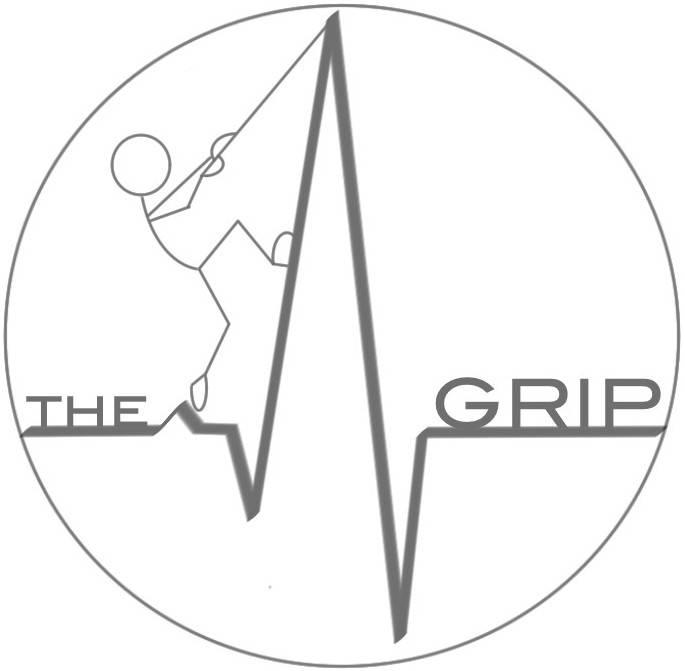Heart Rate Modification of Cardiac Output Following Cardiac Surgery: The Importance of Cardiac Time Intervals.
Tavazzi G, Kontogeorgis A, Guarracino F, Bergsland N, Martinez-Naharro A, Pepper J, Price S.
Crit Care Med. 2017 Apr 21. doi: 10.1097/CCM.0000000000002410.
Abstract
OBJECTIVES:
Inadequate cardiac output is associated with a poor outcome following cardiac surgery and is generally modified by the use of positive inotropic agents, volume resuscitation, and pacing. Echocardiography-guided pacemaker optimization is used in the outpatient setting, using different variables including total isovolumic time and the Tei index. We sought to determine the acute impact of heart rate on cardiac electromechanics, cardiac output, and stroke volume in the perioperative setting.
DESIGN:
Observational study.
SETTING:
Cardiothoracic adult intensive care department.
PATIENTS:
Twenty-four sequential patients admitted after cardiac surgery.
INTERVENTIONS:
Patients with pacemaker set by the treating anesthesiologist using hemodynamic parameters in theatre, within 4 hours of returning to intensive care, they were reassessed using transthoracic echocardiography. A comprehensive baseline echocardiographic study was performed at the clinician set RR interval and at heart rates from 70 to 110 beats/min, in increments of 10 beats/min. Pearson correlation coefficients were used to assess relationships between the measurements.
MEASUREMENTS AND MAIN RESULTS:
Cardiac output and cardiac index were increased significantly in 79% patients using echocardiography-guided pacemaker optimization (2.21 L/min [± 0.97] and 1.2 L/min/m [± 0.52]). The echocardiography-driven cardiac output optimization protocol led to a significant reduction of total isovolumic time with concurrent increase of cardiac output and cardiac index in the overall population (p < 0.001). There was no consistent correlation between changes in RR interval and stroke volume, cardiac output, or cardiac index in the overall population. A strong negative correlation was found between the left ventricular total isovolumic time and stroke volume, cardiac output, and cardiac index in all groups.
CONCLUSION:
Echocardiography-guided heart rate optimization results in a significant increase in cardiac output when compared with clinically derived pacing settings in the postoperative period. The optimal heart rate should be individualized for each patient, and total isovolumic time is the echocardiographic index with the highest sensitivity to determine the optimal hemodynamic profile.
From Pubmed
